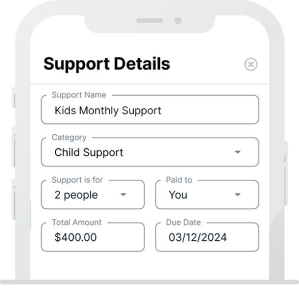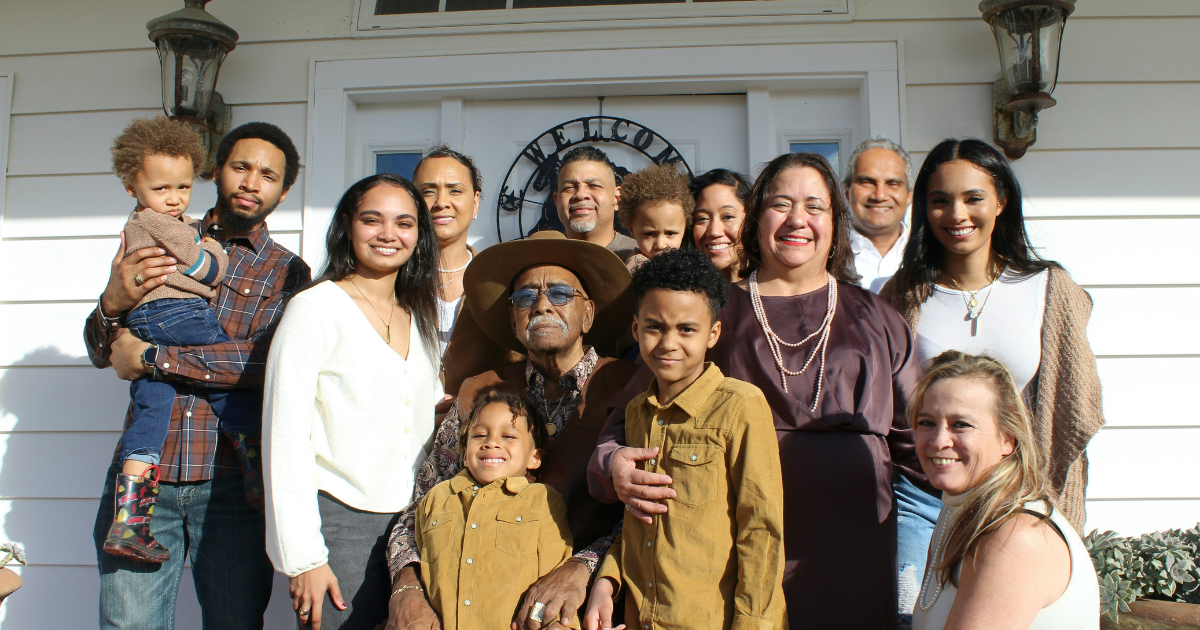Interaction with Autistic Children
Struggling to deal with the external environment, children affected by the Autism Spectrum Disorder (ASD) also find it uneasy to interact, use language and communicate. And if you’re a parent of one, you might be saddened to see your child in this situation. Not only this, but other people may find interaction with autistic children to be difficult.
For help, check out this guide for the symptoms, early diagnosis and ways to escape awkward moments when you integrated your kid with school and the external environment in general.
ASD Symptoms That You Might Be Noticing in Your Child. Does my child have autism? What are the signs? These are only some questions you might want to address in order to figure out if your kid is autistic or not.
Children with autism may show one or more of the following symptoms associated with the disorder.
- Not understanding non-verbal communication (smile, laugh or any kind of gesticulation)
- Not enjoying the things or activities kids of their age do
- Not responding whenever his name is being called
- Showing delayed speech development signs, such as speaking fewer than 50 words by the age of two or three
- Monotonously sounding speech
- Formulating single words, not sentences
A few points: The way children with ASD use language and communication largely depends on their social and intellectual development. Many of them may not be able to communicate using language or speech, while other may have limited speaking skills. Based on the above symptoms examples, you can also tell that children with ASD have problems in the rhythm and meaning of their sentences and words.
All these difficulties can affect your child’s ability to interact with the external environment.
So, How Is ASD Diagnosed During Its Early Stages?
It is uneasy to know how and when the symptoms become evident because there can be variations. But then, it’s not too early to visit the doctor for a general developmental evaluation.
In fact, the American Academy of Pediatrics reveals that pediatricians should screen even babies for any developmental delays, such as on social and language departments at 18 months, if not earlier.
As the parent, you must also understand some behavioral signs, which can become apparent in as early as six months.
But then, some specialists often attempt to do a diagnosis at 18 months. The reason is that the symptoms can continue to show or fade away at 24 months.
Some children with autism can be diagnosed earlier than two years of age. However, even some high functioning ASD-affected children aren’t diagnosed until they begin school and start struggling socially.
You should also learn how to trust your instincts. Certain studies had it that parents could be good at detecting early autism signs.
So if you noticed some symptoms in the behavior of your kid especially in communication and language, you should ask a referral from your pediatrician to a psychologist specializing in ASD or to a developmental pediatrician.
In the following are more about the stages of autism diagnosis:
- Screening: A doctor’s checkup will include an age-appropriate developmental screening test. You can also help by closely monitoring and observing your child’s development and discuss with the doctor. Further evaluation will be conducted if the doctor can see any autism indicators.
- Comprehensive diagnostic evaluation: It is a more detailed evaluation to check if your kid has autism or none. It’s done by a team of professionals, including a psychiatrist and a speech pathologist. The evaluation will involve different tests – including on social skills and communication skills.
- Rehabilitation therapy for autistic children and adults is a type of applied behavior analysis. Therapists work closely with the families of autistic people to implement ABA therapy techniques. Effective treatments use proven methods such as reward reinforcement and behavior training. In special cases the treatments are implemented in autism rehabilitation centers and clhf homes.
How to Escape from the Awkward Moments
The next thing you may want to know are tips that can help you and your child escape awkward moments by the time you integrated him or her into the environment (kindergarten, schools, colleges, etc.) where his/her classmates don’t have an idea about the disorder. Interaction with autistic children requires practice and education. Check out the following:
Seek help from a speech pathologist for a speech therapy, which can address communication and language challenges of children with ASD. This therapy will improve your kid’s non-verbal, verbal and social communication skills. Its main goal is to improve his/her communication skills in ways that are more functional.
The speech therapist will evaluate and assess your child’s communication strengths and weaknesses and from there will create customized goals for the speech therapy. A few goals include learning nonverbal skills, including gestures, and improving spoken language.
Get your child out in the community: As your kid is learning communication and language skills from the speech therapy, you should also get him out there, no matter how tired you are.
Join a parent group: Make valuable connections with parents of kids with autism. They can be sources of information for you.
Final Thoughts
While developing his language and communication skills isn’t a walk in the park, it will pay off to know how to escape from the awkward moments by the time you integrated him to the outer environment. While it is a huge challenge to have a kid with autism, you and your child can still have good life quality with early detection of symptoms, diagnosis and help from the experts like a speech pathologist.
This article was contributed by:
Jennifer Grachova
Jennifer Grachova handles content management at the Sierracare which is California’s premier subacute care facility.
Website: SierraCare.com









